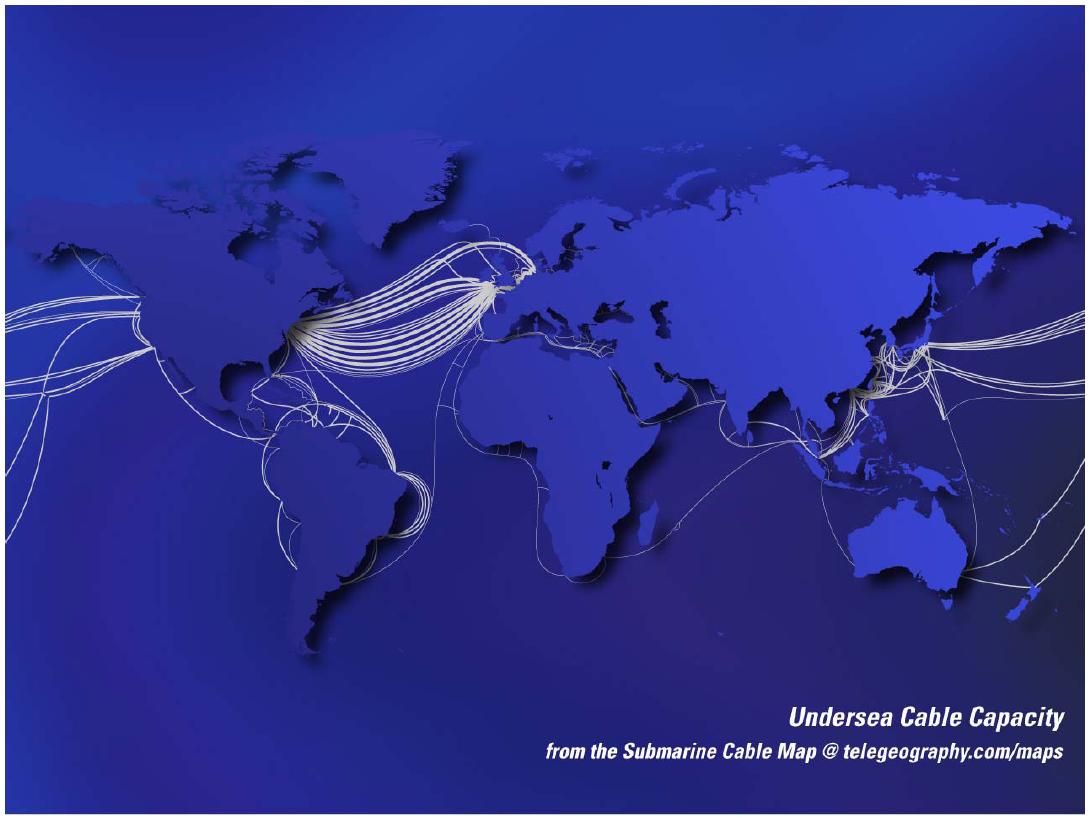The environmental impact of transcontinental data traffic
Submarine cables carry over 97 percent of transcontinental voice and data traffic. The high capacity and bandwidth of fibre optic cables make it possible to transfer large amounts of data around the globe almost instantaneously. A new study by Craig Donovan takes a look at the environmental impact of submarine cables from a life cycle perspective. He shows that 7 grams of carbon dioxide equivalents are potentially released for every ten thousand gigabit kilometres (10,000Gb.km).

Read Craig Donovan’s thesis Twenty thousand leagues under the sea: A life cycle assessment of fibre optic submarine cable systems.
See also the article Small footprint with submarine cables (Ericsson News, January 29, 2010)
Contact: craig.donovan@ericsson.com

